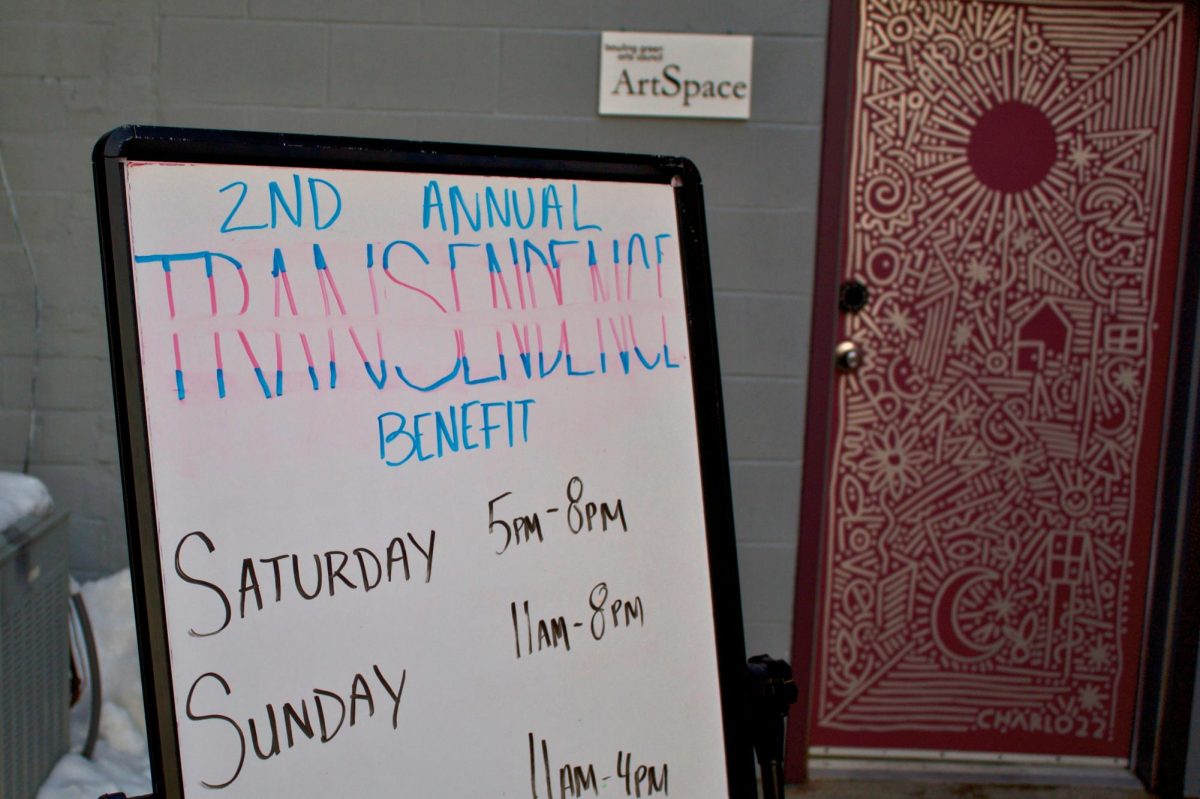University officials cited financial issues as reasons for the recent layoffs of 40 faculty, but an analysis of its financial report shows the University has $487 million in net assets in the fiscal year 2013, an increase compared to 2012.
The report, released in December on State Auditor David Yost’s website, indicates that the University’s total net position increased during the prior year by $11.7 million.
Net position measures the University’s total assets minus the debt. Before subtracting the University’s debt of $172.6 million, the total assets equal $660 million.
Assets include current assets, like cash on hand and stock investments, as well as noncurrent assets, which are not cash, but rather capital investments like buildings and campus vehicles.
The Faculty Association contends that, given this financial situation, the University’s decision to cut 40 faculty, for which they cite dwindling state funds and budget shortfalls, seems unnecessary, said Faculty Association President David Jackson.
But Rodney Rogers, provost and vice president for Academic Affairs, said this report is already dated; the University is now in fiscal year 2014 and administrators are preparing for fiscal year 2015.
“These financial statements would suggest the University is in a solid financial footing,” Rogers said. “[But] the data [the Faculty Association is] using to make those observations is in some ways two years old … we need to use future-oriented data instead of past-oriented data.”
Administrators are planning for future enrollment trends, as enrollment has been flat or dropped from year to year since 2009. They also must account for a new state funding formula, which changed this past summer to allocate money based on degrees awarded and classes completed rather than total enrollment.
“We’re obviously always interested in trying to do the best job we can in planning for the future,” Rogers said.
Rogers attributes $9.8 million of the increase in net position primarily to an increase in University investments. The University has $188 million in investments, compared to $178 million in 2012.
“Investments the University made appreciated in value,” he said. “The stock market was moving up.”
Investments are just part of what’s included in current assets, which total $216.6 million, a nearly $2 million increase since 2012.
Also included is cash on hand, which is at $10.2 million. This is a decrease of $6.9 million from 2012, because the University used some of it to cover faculty salary increases negotiated in the Collective Bargaining Agreement, said Jackson, associate professor in the Political Science Department.
The University also has $5.5 million fewer in debt since 2012, according to the report.
“The University has suggested that the future is not as positive as the financial report would indicate,” Jackson said. “We’re still waiting on some kind of evidence to prove that the financial situation is as bleak as they say it is.”
Throughout the year, University officials have reiterated that state funding has declined by 30 percent since 2009. This year, say administrators, the University budget saw a $2.5 million shortfall, and as much as a $10 million shortfall is projected in coming years due to decreases in state funding.
Officials have indicated the original 30 cuts of non-tenure-track faculty have saved the University a little more than $1 million.
“We’re doing everything we can to make sure we can control the costs so students can afford Bowling Green,” Rogers said. “It’s not an easy task.”













